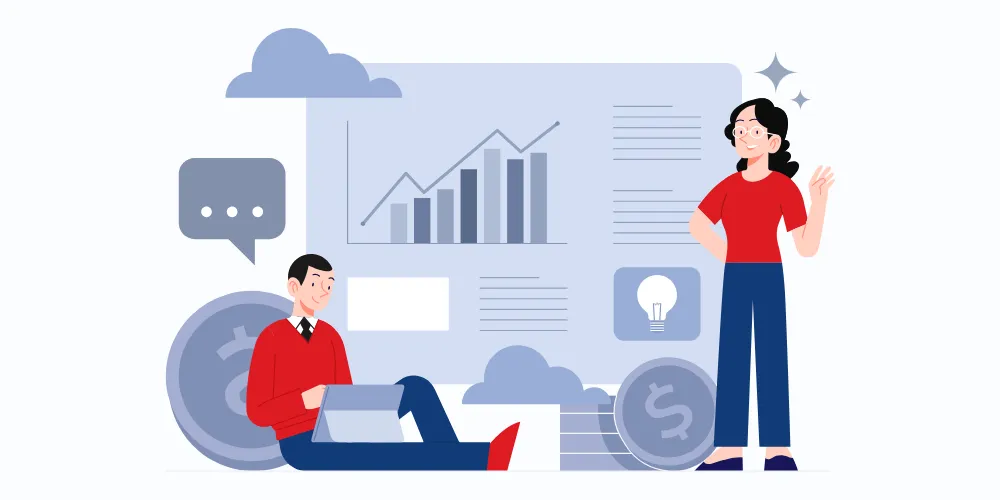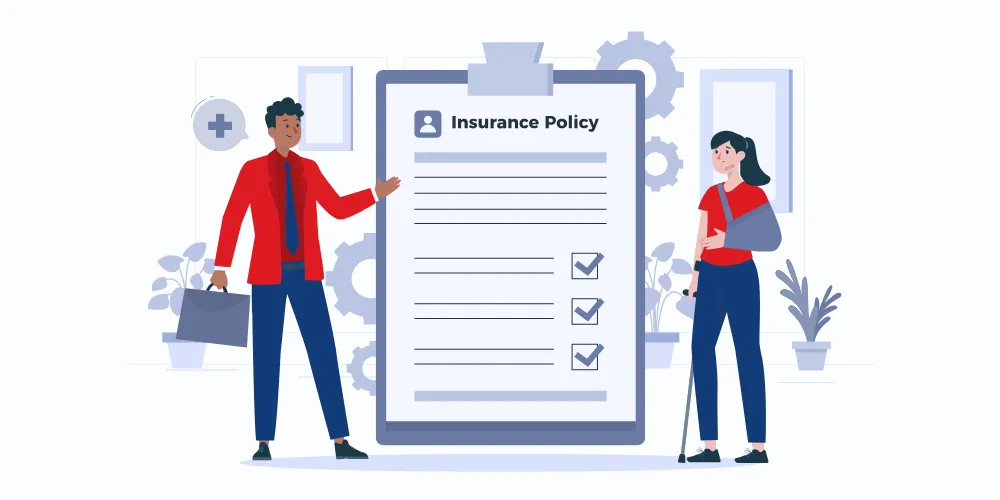A guide to design payout curve
- Sumeet Shah
- Jan 21, 2021
- 4 min read
- Last updated on Mar 12, 2025
How to pay sales incentives to the employees?
We all know what the term incentive means in sales. One of the key aspects of a great sales incentive plan is to define threshold and excellence levels that motivate sales personnel during their on-field activities. Lack of these elements impacts the organization's overall performance, and that is where leaders run into questions like:
On what basis should one determine the incentive payout?
The most commonly used way is to calculate performance against a target. A target payout curve plays a critical role in achieving it. It also helps maximize the sales personnel's potential and mitigate any negative behaviours. While setting up a payout curve, the company needs to consider a few elements, such as the cost it incurs, competitive opportunities, disruptions, and the availability of required resources. A well-defined incentive plan with clearly outlined milestones is all it takes to motivate your sales team.
Why is a payout curve essential?
Setting up a payout curve is necessary as it motivates and brings out the best in the employees. A situation may occur in which the company either overpays or underpays its employees. To avoid such scenarios and to keep your employees encouraged, you have to make sure that you choose the right curve & design it phenomenally. The main aim is that the right people get paid for the right level of performance.
A well-designed payout curve helps in driving desired behaviours within the sales team. It encourages individuals to strive for excellence by setting achievable yet challenging targets. The payout curve establishes a threshold point, target level, and point of distinction, motivating salespeople to surpass their performance and reach new heights.
The main components of the payout curve are as follows: The main components of the payout curve are as follows:
Threshold:
This is the entry point of achievement, where the payout plan begins to pay commissions. Below this point, there is no payout.
Target point:
The target point is the performance level of the salesperson, where they reach 100% of the earnings of that product. It's the minimum amount of money the sales team needs to generate to meet the company budget or quota.
Excellence:
At this point, the salesperson hits the target beyond payout. The point of excellence is the level you would expect from your top 10th-percentile performer.
Cap:
Cap refers to the highest payout that can be achieved. Above this point, there are no payouts, regardless of further sales.
Considerations for setting a threshold for payouts
- Set at the lower end of analyst predictions
- Set at the lower end of a company's peer-performance range
- If the markets are growing, set above the previous year’s results
- Set at a point on the curve where salespersons have a 90 percent chance of triggering the minimum payout
Considerations for setting excellence for payouts
- Set at the highest end of analyst predictions
- Set at the highest end of a company's peer-performance range
- Set line with the previous year's performance or record-level company performance, whichever is appropriate
- Set at a point on the curve where salespeople have only about a 10 percent chance of hitting the maximum payout
Types of Payout Curves
1. Linear Payout Curves
A linear payout curve offers a straightforward commission structure where sales reps earn at a consistent rate as their sales volume grows. This means that for every additional dollar in revenue, a salesperson earns the same percentage in commission.
This model works well when businesses want to maintain a simple and transparent compensation structure. However, within linear payout curves, there are different variations:
- Constant Linear Curve - A fixed commission rate throughout (e.g., 5% commission on all sales). Best for steady, predictable earnings.
- Progressive Linear Curve - The commission rate increases as sales volume grows (e.g., 5% up to $50K, 7% for $50-$100K, 10% beyond $100K). This motivates high performers to exceed targets.
- Regressive Linear Curve - The commission rate decreases at higher sales levels (e.g., 10% on the first $50K, 7% after $50K). Helps businesses protect profit margins.
- Mixed Linear Curve - A custom blend of the above to create targeted incentives based on company priorities.
Best for: Organizations looking for a simple yet effective payout model that provides a direct link between effort and earnings.
Challenges: May not drive aggressive overperformance unless progressive rates are applied.
2. Step Curves
A step payout curve introduces commission tiers that reps must hit before unlocking higher earnings. Instead of a smooth, linear increase, reps experience a jump in commission percentage once they cross a specific sales threshold.
For example, a step curve might look like this:
- 0-50% of quota → 5% commission
- 51-100% of quota → 10% commission
- Above 100% of quota → 15% commission
This model gamifies the selling process, encouraging reps to push harder as they approach the next tier. The psychological effect of nearing a commission increase can be a powerful motivator, especially in fast-paced sales environments.
Best for: Businesses that want to boost short-term performance and prevent sales reps from becoming complacent once they meet their quotas.
Challenges: Some salespeople might “sandbag” deals, delaying them until the next period to unlock higher commissions.
3. Matrix Payout Curves
In complex sales environments, revenue alone might not be the best measure of a rep’s performance. A matrix payout curve accounts for multiple factors when calculating commissions.
Instead of rewarding sales reps only on volume, this model considers:
Revenue vs. Profitability – Encouraging high-margin deals over discount-heavy sales
New vs. Existing Business – Rewarding reps for customer acquisition vs. renewals
Individual vs. Team Performance – Encouraging collaboration in team-based selling
For example, a rep might earn:
- 8% on high-margin deals but only 5% on low-margin ones.
- 10% on new customer acquisitions but 6% on renewals.
- Higher incentives for achieving both revenue and customer satisfaction targets.
Matrix payout curves help businesses steer sales teams toward sustainable, high-value deals rather than just high-volume transactions by aligning commission payouts with strategic business goals.
Best for: Enterprise sales, SaaS, and industries where deal complexity requires more than just revenue-based commissions.
Challenges: Difficult to administer and requires strong sales performance tracking systems.
Should there be a performance cap?
The most important challenge is whether to cap the payout curve. The company's ability to predict the market, financial condition, and demand for the product or service forms the basis for this decision. However, just like a coin has two sides, the cap also has its pros and cons.
Caps are less about math and more about people, behaviors, and psychology. Hence, they deter the motivation of the salespeople and hinder the sales process, as there is no incentive to keep the top performers going. This also trickles down to the middle and low-level performers.
Nevertheless, in unstable markets, where it is impossible to predict future demands, payout caps have an advantage as they protect the business from unknown events. Caps also ensure high levels of customer service for complex products that require a long implementation cycle.
Final Thoughts
The payout curves are effective when implemented correctly. These curves motivate the sales team to work more diligently, so choose the threshold, excellence, and cap points with utter care and consideration. To conclude, the payout curve should cater to the company's needs and meet the salespersons' expectations. Do you feel the need to design a payout curve for your company? If yes, then feel free to reach out to us.




